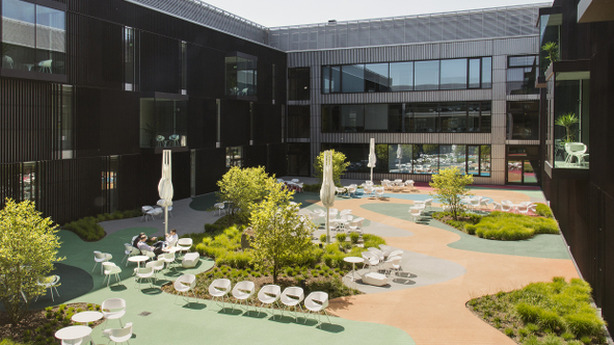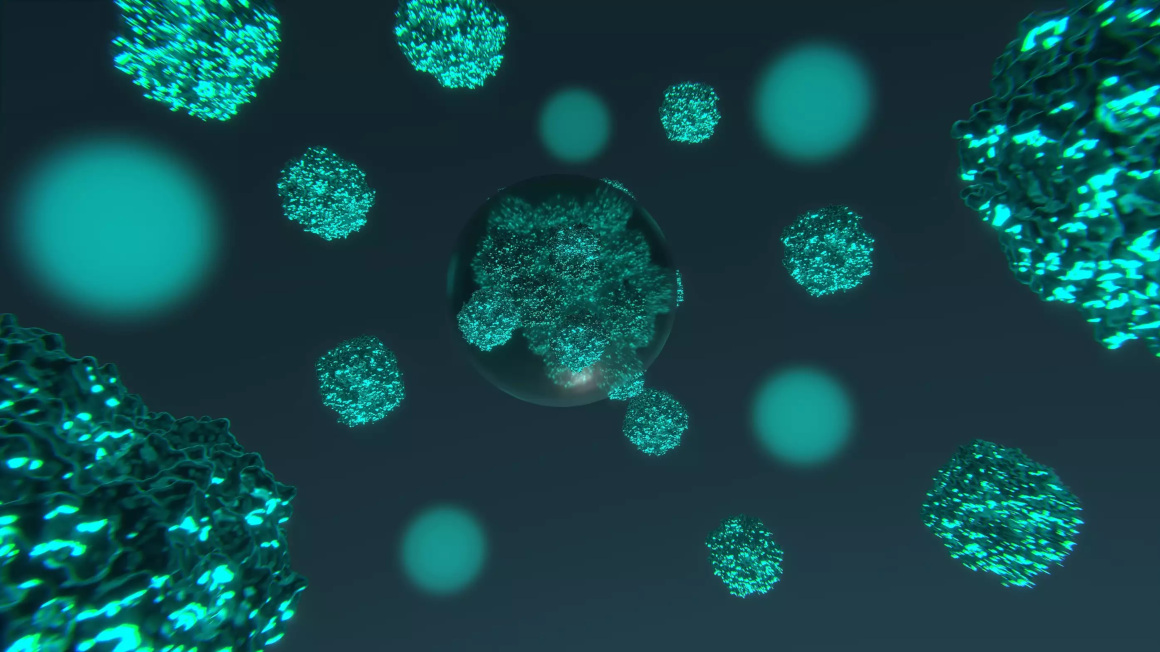TUM opens central institute for catalysis research
Catalysts such as enzymes can stimulate chemical processes. They are also the key to transforming chemical substances in efficient and resource-saving ways. The sustainable potential of these helpful compounds for the global economy is huge.

With the inauguration of the TUM Catalysis Research Center (CRC) at the Garching campus, the Technical University of Munich (TUM) wants to advance catalysis research. Scientists from different departments at the TUM will collaborate with industry partners at the CRC to research new ways of using the catalysts for a sustainable economy. The German Federal Ministry of Education and Research (BMBF) contributed €84 million to the total construction cost of the newly erected facility.
Catalysts such as salt in soup are indispensible in the chemical and food industry, and are key to the sustainable value chain, for example, in energy and resource conserving chemical conversion of materials. They can significantly contribute to better use of biogenic raw materials and improve the production, storage and conversion of energy. Many issues, such as how the catalytic use of natural gas (methane) can be used to produce more refined chemical intermediates, have so far not been solved. But this should change in the future.
With the construction of a new research building, the Technical University of Munich has taken the road to international catalysis research. On 9th May, the Research Campus Garching officially inaugurated the TUM Catalysis Research Center (CRC) – in close proximity to the building of the Department of Chemistry. “In future, the product range of our leading technology society will only be displayed when constructed using specific catalysts value products, reduced abundance products and pollutants are avoided," stresses TUM president, Wolfgang A. Hermann.
Research without borders
Scientists from five faculties as well as international cooperation partners will collaborate on research under one roof to meet the challenges of energy and resource saving production of chemical raw materials, fine chemicals and pharmaceutical products. The research will be conducted in state-of-the-art laboratories at the new complex. “In this kind of research, there are no longer borders anymore between the classic disciplines of engineering and science,” continues Hermann.
Parallel to the building of the new catalyst centre, the spectrum of professorships of bio-organic chemistry, computer-aided biocatalysts, industrial biocatalysts or industrial biocatalysts has been extended. Converging synergies effectively “With the new Catalysis Research Center, we have now created a site at which the existing synergies can converge and become effective,” stressed Stefan Müller, parliament state secretary for the BMBF at the official opening of the research centre.
The German Federal Research Ministry invested €29 million in the Garching research facility. The centre is also home to the strategic research alliance “Munich Catalysts” (MuniCat) in which TUM scientists work together with researchers from Clairant AG in the field of chemical catalysts. Furthermore, the CRC is also associated with the research activities of the Competence Center for Renewable Raw Materials in Straubling, where among other things, ethanol is produced bio-catalytically from agricultural products.


